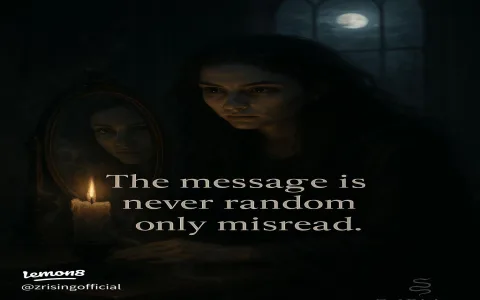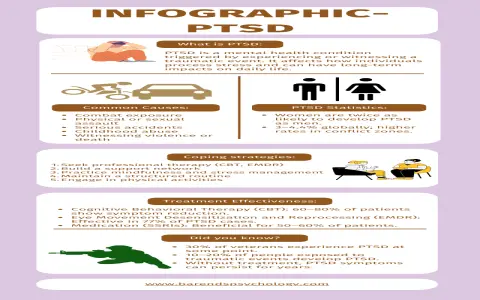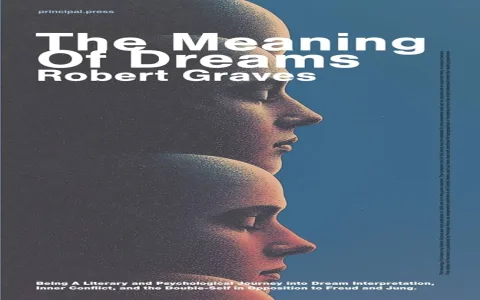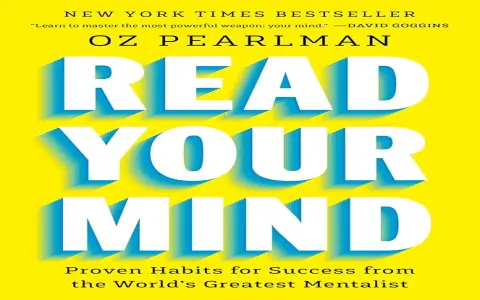Man, let me tell you, I spent years trying to figure out what the hell my subconscious was trying to tell me every night. I bought all the books—the thick ones, the weird ones, the ones written by folks with too many letters after their names. And what did I get? Confusion. Every time I woke up and tried to interpret a dream, it felt like I was staring at mud. My interpretations were always vague: “Oh, the bird symbolizes freedom,” or “The water means emotional turmoil.” Utter garbage. It never helped me figure out what to do the next day.
I realized I wasn’t just failing to interpret dreams; I was failing to extract anything useful from them. It was driving me nuts. I had this recurring dream about being late for a massive presentation, only I couldn’t find my shoes, and my pants kept ripping. I’d wake up sweaty, feeling anxious, but couldn’t connect it to anything tangible in my waking life. This went on for six solid weeks. I needed a fix, not another dictionary definition.
So, I scrapped everything. I literally took all those dusty dream interpretation guides and chucked them into a box. I needed rules that were concrete, boring even, but effective. I started drilling down on what made the interpretations useless in the first place: they ignored context and focused too much on the objects. That’s where these three simple rules came from. They are ugly, they are non-spiritual, and they work like a charm. I committed myself to using them for 30 consecutive days, logging every dream and forcing the interpretation through this specific filter.

Establishing the New Interpretation Practice
The first few days were brutal. My brain kept wanting to default back to “What does a green snake mean?” I had to physically write the rules down and tape them next to my bed so I couldn’t cheat. The goal wasn’t psychoanalysis; the goal was actionable insight.
Here is what I established and practiced every morning the second my feet hit the floor:
- Rule 1: The Context Rule (The 48-Hour Filter)
- Rule 2: The Action Rule (Verbs Over Nouns)
- Rule 3: The Resolution Rule (Current State, Not Past Meaning)
I ran every single dream through this gauntlet.
Rule 1 implementation meant I was hunting for specific triggers. I forced myself to ignore the dream’s fantastical elements entirely. Instead, I asked: “What specific decision, conversation, or stressor from the last two days is this dream acting out?” I logged a dream about losing my wallet in a massive crowd. Instead of interpreting “wallet = identity” or “crowd = society,” I traced back 36 hours. Bingo. I had ignored an email from the finance department regarding a missed deadline. The dream wasn’t about losing money; it was about the immediate fear of overlooking a vital responsibility that happened yesterday.
Rule 2 was the real game-changer. I stopped writing down the symbols. I focused only on the verbs. Was I running? Hiding? Falling? Chasing? Building? If I dreamt of a giant mechanical spider (the noun), I ignored it completely and wrote down the verb: “I was paralyzed.” The focus shifted from the scary creature to my current real-life feeling of being stuck and unable to move forward on a big project. I wasn’t interpreting the spider; I was interpreting the paralysis.
The Daily Grind and the Payoff
Every morning, I wrote the dream down in the roughest language possible. Then, I applied the rules like a sledgehammer. No flowery language, just practical deduction. I’d look at the raw emotional verb (Rule 2), then anchor it to a specific recent event (Rule 1). If I dreamt of “trying to shout but having no voice,” (Action Rule), I immediately connected it to the previous day’s meeting where I felt shut down by my manager (Context Rule).
The final step, Rule 3, brought it home. Instead of saying, “This dream means I felt silenced,” which is useless, I used the dream to frame the next step. If the dream showed me failing to speak, the interpretation became: “This dream confirms you are currently avoiding confrontation. The necessary action is to draft the email today stating your boundary.” I stopped using dreams to look backward and started using them as a diagnostic tool for immediate future action.
After those 30 days, the difference was staggering. The interpretations were no longer mysterious; they were often painfully obvious, but that was the point. I stopped failing because I stripped away all the junk. Dreams stopped being abstract narratives and started acting like brutally honest, badly produced short films about my immediate life stresses. If you are struggling with interpretation failure, stop reading dictionaries. Start logging verbs and tie them directly to Tuesday afternoon’s stresses. Trust me, it clears the mud right up.












